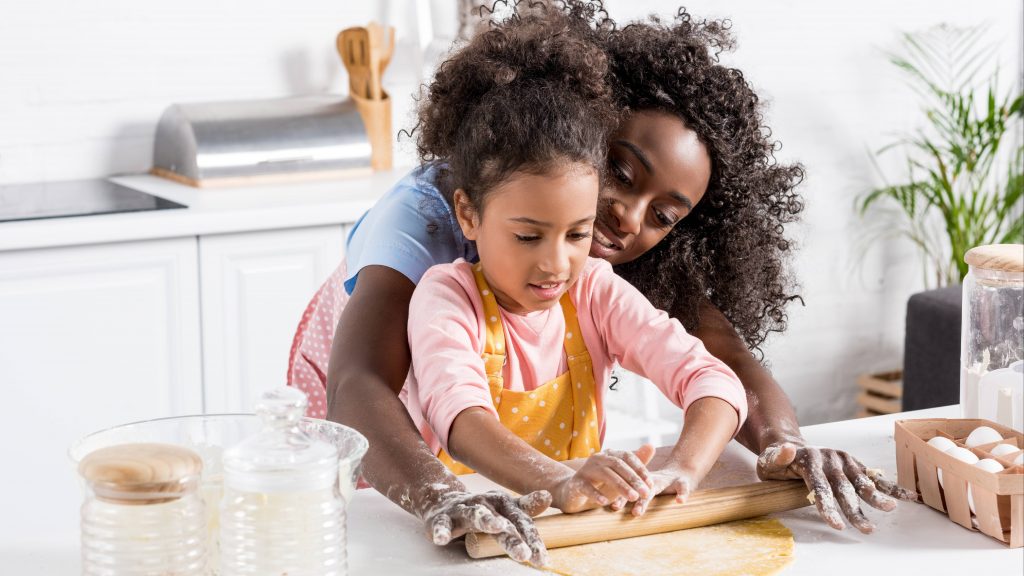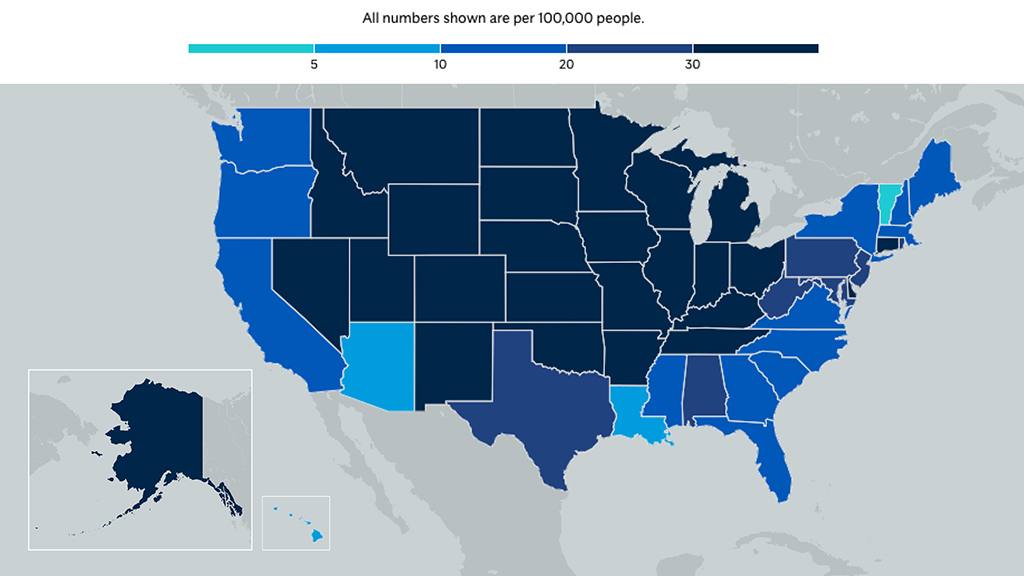
WASECA, Minn. — Over the past eight months, the COVID-19 pandemic has affected almost every aspect of people's lives, and, unfortunately, the same will be true for many this holiday season.
People thrive on connections with one another, and COVID-19 has required physically distancing in ways that make it hard to connect socially. And the upcoming holiday season will make this reality challenging. People are being encouraged to not travel and, instead, stay home to celebrate without visitors.
"On holidays like Thanksgiving, it’s understandable that people are trying to find ways to safely socialize together. But, even outdoors, we have seen multiple cases of COVID-19 transmission among people, although they tried to social distance," says Everett Kalcec, D.O., family medicine physician, Mayo Clinic Health System in Waseca. "Despite people’s best efforts, it is almost impossible to maintain COVID-19 precautions at holiday gatherings."
For your safety and that of others, consider the following when making decisions about how to connect with others and help one another find ways to foster those connections safely:
- People are most contagious for COVID-19 just prior to symptom onset. So people who look and act completely healthy could actually be contagious for COVID-19.
- Whenever food and drink are served, people cannot be masked, and this increases the risk of transmission.
- When people need to speak loudly because of physical distance or background noise, droplets travel farther than usual.
- Alcohol relaxes inhibitions and contributes to louder talking and lapses in distancing.
- Transmission occurs outdoors as well as indoors.
###
Mayo Clinic Health System consists of clinics, hospitals and other health care facilities that serve the health care needs of people in communities in Iowa, Minnesota and Wisconsin. The community-based providers, paired with the resources and expertise of Mayo Clinic, enable patients in the region to receive the highest-quality health care close to home.
Learn more about: Tracking and trending COVID-19

Information in this post was accurate at the time of its posting. Due to the fluid nature of the COVID-19 pandemic, scientific understanding, along with guidelines and recommendations, may have changed since the original publication date.
For more information and all your COVID-19 coverage, go to the Mayo Clinic News Network and mayoclinic.org.







